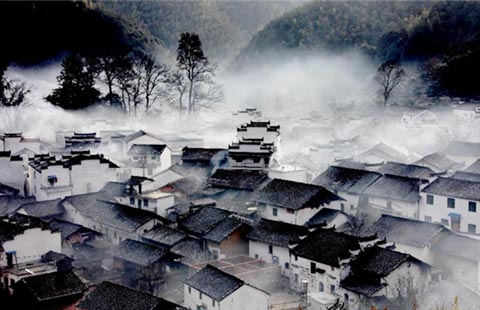Tracing the roots of illustration books in China
( China Daily ) Updated: 2015-06-22 10:18:50Children's illustration books first appeared in the 1600s in Europe. Their passage to China, however, took much longer, roughly 300 years.
In China, children's illustration books have a history of just 100 years and their development can be divided into four stages.
From early 1900s to mid 1900s, a large number of books and magazines with illustrations appeared with the fast development of the modern publishing industry. The illustration arts at that time were a mixed genre of Chinese traditional paintings and the western style, and most of the stories originate from the fundamental changes that China experienced after the collapse of Qing Dynasty (1644-1911), the warlord struggles and the war against the Japanese invasion.
The second stage was from mid 1900s to late 1970s, when the "cultural revolution" (1966-76) ended. The fast development of some special publishing houses for children gave birth to a large number of illustration-story books, which made a good use of folk art techniques, such as wood board carving, frescoes, and ink and wash painting, etc.
Many of the popular stories are from Chinese history and wars after 1900s.
The third stage is from early 1980s to late 1990s, a golden period for the development of children's illustration books.
The reform and opening-up brought in new concepts and ideas from the West to China, a country that had been closed to the West for nearly three decades. Fast development of economy, society and culture provided the writers and painters with a lot of inspiration to create new literature works and draw illustrations. China also imported large amounts of children's illustration books from the West and Japan. Many young parents in China have a strong nostalgia about children's illustration books they read in the 1980s and 1990s.
This is also the last era in China's artistic innovation before the advent of the Internet period.
The fourth stage is featured with the spread of the Internet and the other computerized means of art innovation. The hand-drawn children's illustration books are gradually replaced by cartoons drawn and copied by software and machines, and shown on tablets, computers, television and smart phones, instead of books.
|
|
|
|
|
|
|
|

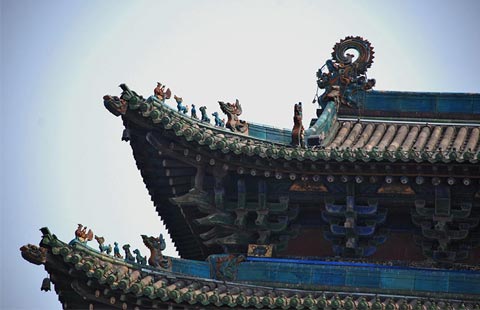





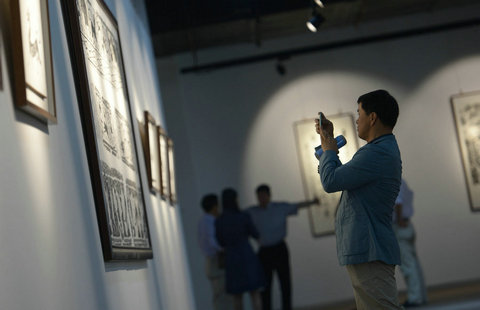


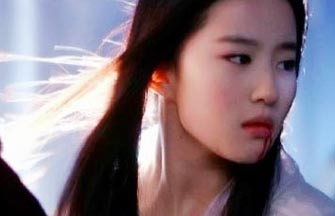







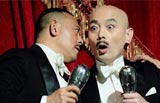



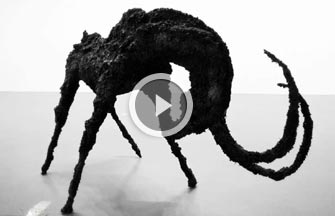
 Raymond Zhou:
Raymond Zhou: Pauline D Loh:
Pauline D Loh: Hot Pot
Hot Pot Eco China
Eco China China Dream
China Dream China Face
China Face




